What to do this August in Catalonia and Barcelona
From stunning beaches and mountain hikes to vibrant cultural events and music festivals
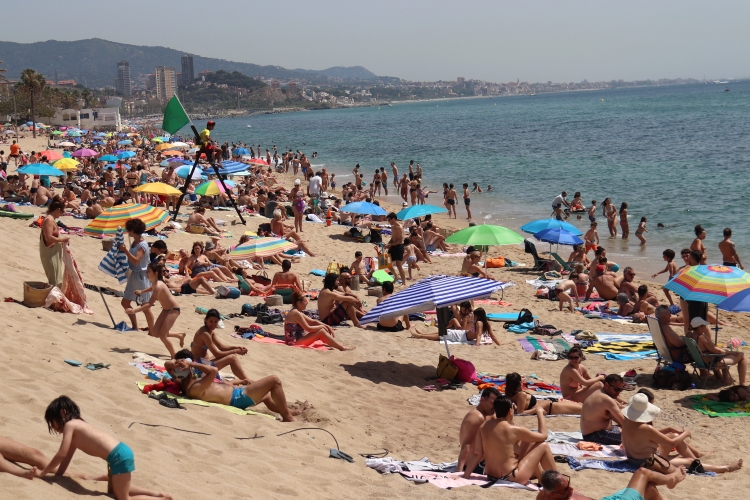
From stunning Mediterranean beaches and breathtaking mountain views in the Pyrenees to lively cultural events and music festivals, there is always something to do in Catalonia this summer.
Whether you are a resident or a visitor, our complete guide to things to do in Catalonia and Barcelona this August has something for you.
Beach destinations
During one of the warmest months of the year, the beach is always a good idea to refresh and sunbathe while relaxing. Catalonia has more than 500km of coastline to offer various beaches and unique experiences.
Costa Brava
-
Platja del Canadell: located in Calella de Palafrugell, this beach is near an urban space of the coastal town that offers lots of services and is accessible both with public transport and private vehicle.
-
Platja de la Gola del Ter: situated between l'Estartit and Begur, this beach is located next to the end of the Ter river and will offer a different view compared to others in Girona's Costa Brava.
-
Port Lligat: surrounded by mountains in a small bay protected from the sea is one of the area's most charming spots.
Barcelona's Coast
-
Garraf: a 380-meter long beach with fine sand and old wooden shack houses that were traditionally used by fishermen.
-
Platja d'Ocata: only a train ride away from Barcelona, this beach in Masnou has various shops and restaurants nearby.
Costa Daurada
-
Cala Crancs: located near Salou, this small beach surrounded by trees offers a unique opportunity to enjoy the ocean and relax.
-
Cala Fonda: or also known as Waikiki, is one of the greenest parts of the coast of Tarragona.
-
Platja dels Capellans: outside of the city of Tarragona, this beach is surrounded by rocks and pine trees and offers pathways to other beaches around the area.
Terres de l'Ebre
-
Punta del Fangar: north of the delta, where the River Ebre empties, this beach has a desert-like feel to it with fine sand and dunes that extend about 8km
-
Platja del Trabucador: as one of the most impressive spaces in southern Catalonia, this beach consists of a sand arm that goes into the sea. From this point, you can observe the sea on both sides.
For more stunning beaches, check out our full guide to the best beaches in Catalonia, including nudist and dog-friendly areas.
In addition, Catalan News has published two podcasts with two diverse stories about the beaches in Catalonia, so you can listen while sunbathing:
Sporting events: the America's Cup
If your interest in the ocean is more related to waves and sailing, do not miss the start of the 37th edition of the America's Cup, that will take place in Barcelona for the first time.
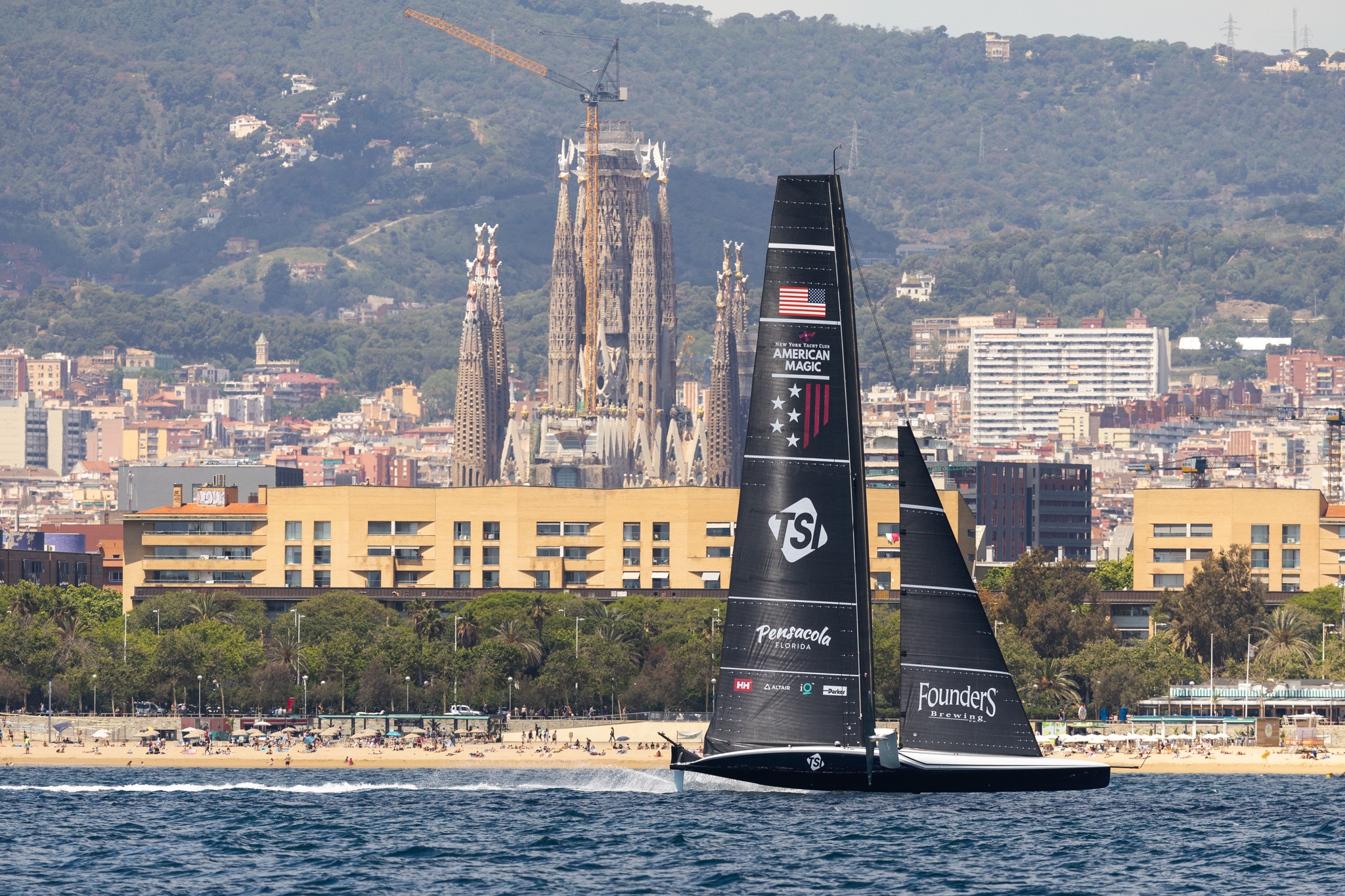
The Catalan capital has been getting ready for the event for over a year, and the six teams competing to win the cup are ready for the challenges that the Catalan coast has to offer.
Listen to this Filling the Sink's episode about what it is like to prepare for the world's most prestigious regatta.
Mountain destinations
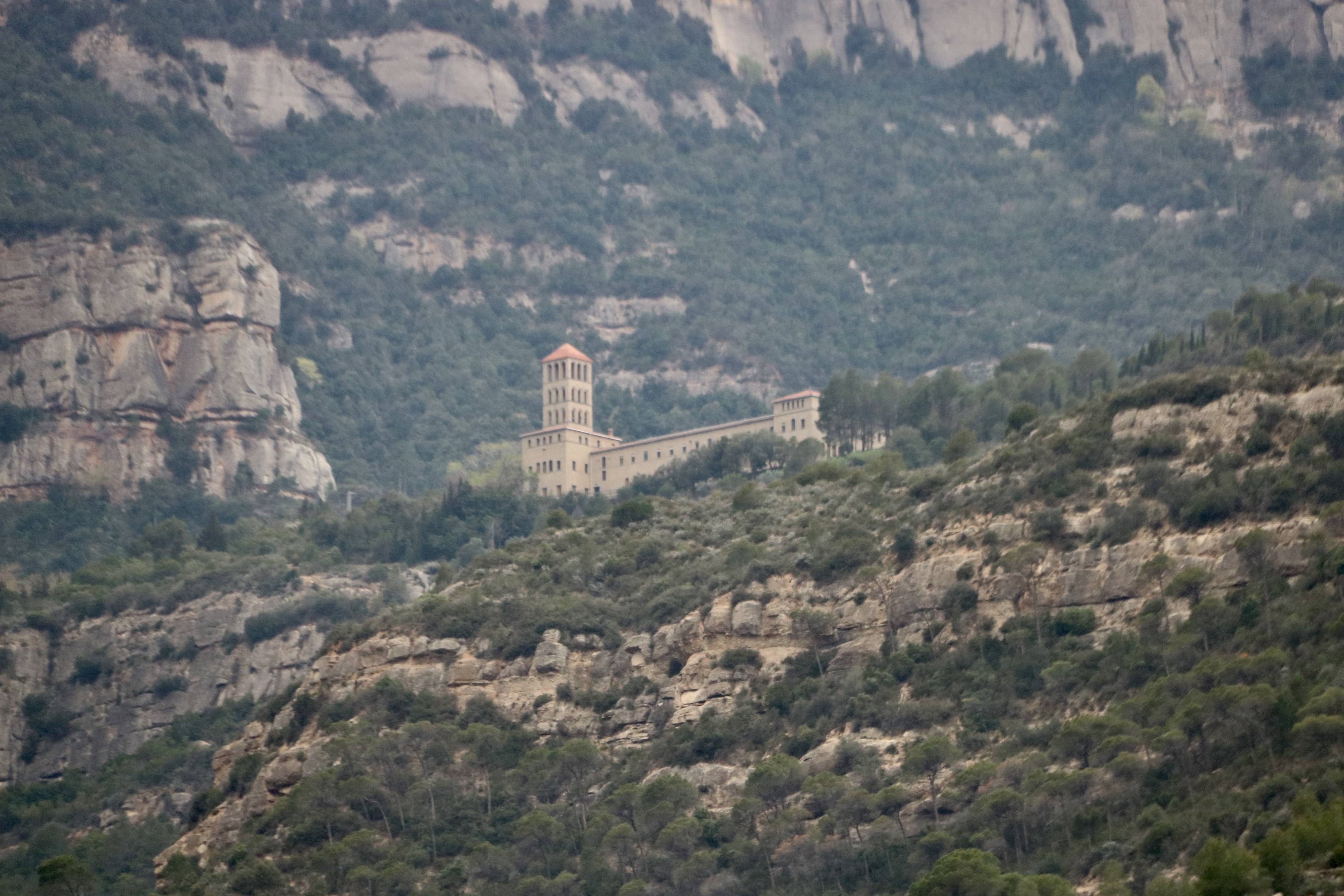
If you do not enjoy the beach, with waves and sand, Catalonia has many mountain routes and activities to do in a natural environment.
Montserrat
Montserrat is one of Catalonia's most widely known mountains because of the shape of its multi-peaked mountain range and the 1,000-year-old Benedictine monastery. This holy place, which has played a pivotal role throughout Catalonia’s history, hosts a world-famous boys' choir as well as 'La Moreneta', the sculpture of a black Madonna. The monastery is about an hour's drive from Barcelona and easily accessible by public transport.
Pyrenees
-
Vallter: The most eastern part of the Pyrenees has had a sky station for more than 40 years. Vallter 2000, with the highest point situated at 2,535 meters, offers unique views both in the winter and the summer. In addition, there are hikes to see the beginning of the Ter River
-
Vall d'Aran: this valley resting in the northern side of the Pyrenees is one of Catalonia's most remote regions. This county faces the Atlantic Ocean, not the Mediterranean Sea, which gives the valley a unique climate. A part of Catalonia with a 'singular territorial entity' and its own language.
-
Adventure activities: The rivers formed between the mountains of the Pyrenees offer numerous chances to practice water sports such as rafting, kayaking or canoeing.
Climbing
Catalonia has been popular among the climbing community for more than a decade. The mountains here offer a unique quality of the rock, as well as stunning landscapes and a good climate. Some of the most popular spots for climbing spots can be found in Lleida and Tarragona.
La Garrotxa
This county of Catalonia offers a wide natural park which highlights its volcanic zone. Home to about 40 volcanoes, aged from 100,000 to 700,000 years old, La Garrotxa has great natural areas as well as various picturesque towns, which make for great tourist spots.
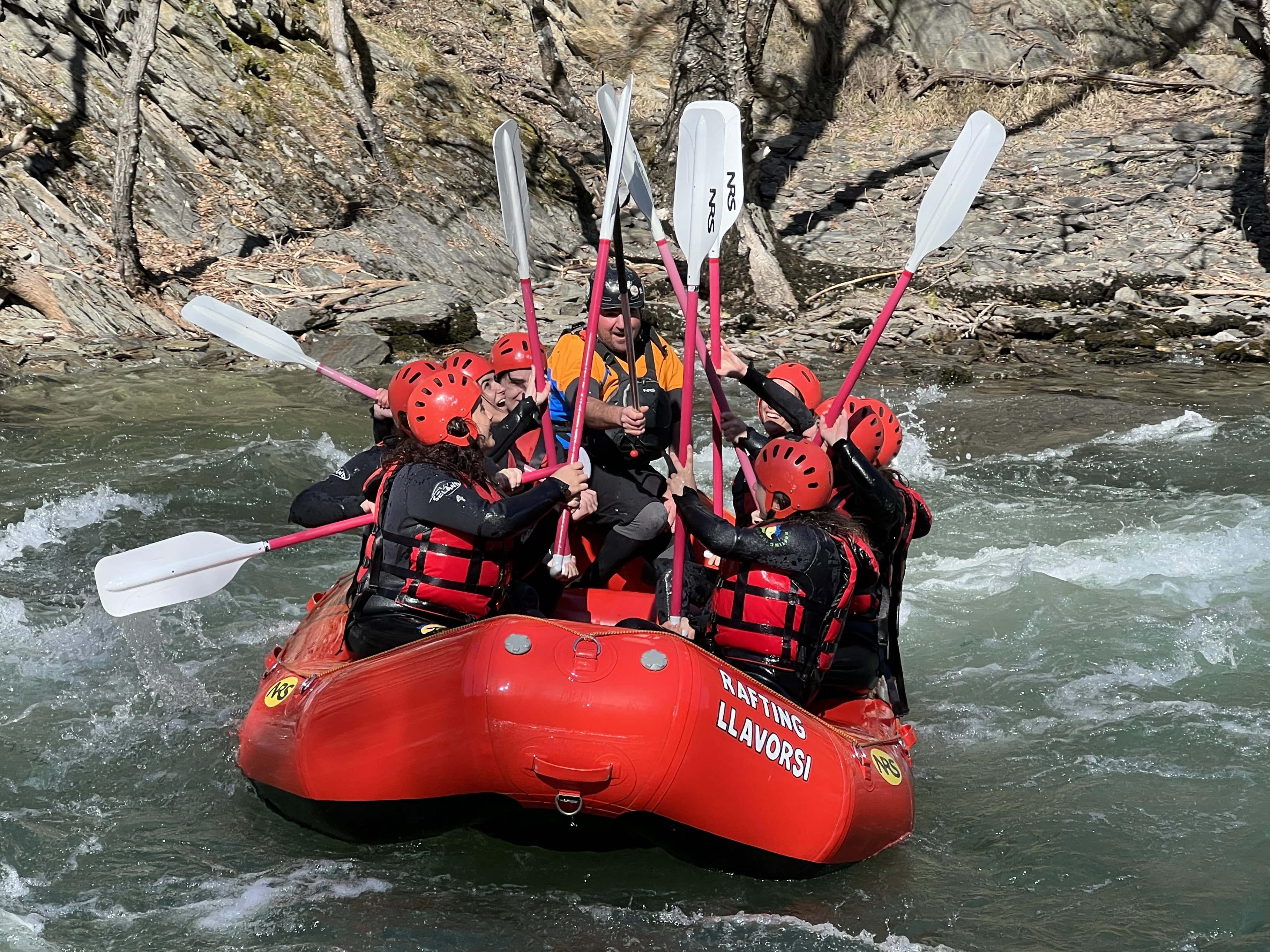
The list of Catalan New's podcast dedicated to the mountains is almost endless, with stories varying from American climbing stars to witches and witch-hunts. Put your headphones on and enjoy the sound of nature:
Let the music play
Summer is the season with most music festivals, more than 361 in the Catalan territory, and concerts in Catalonia that cater for everyone's personal taste.
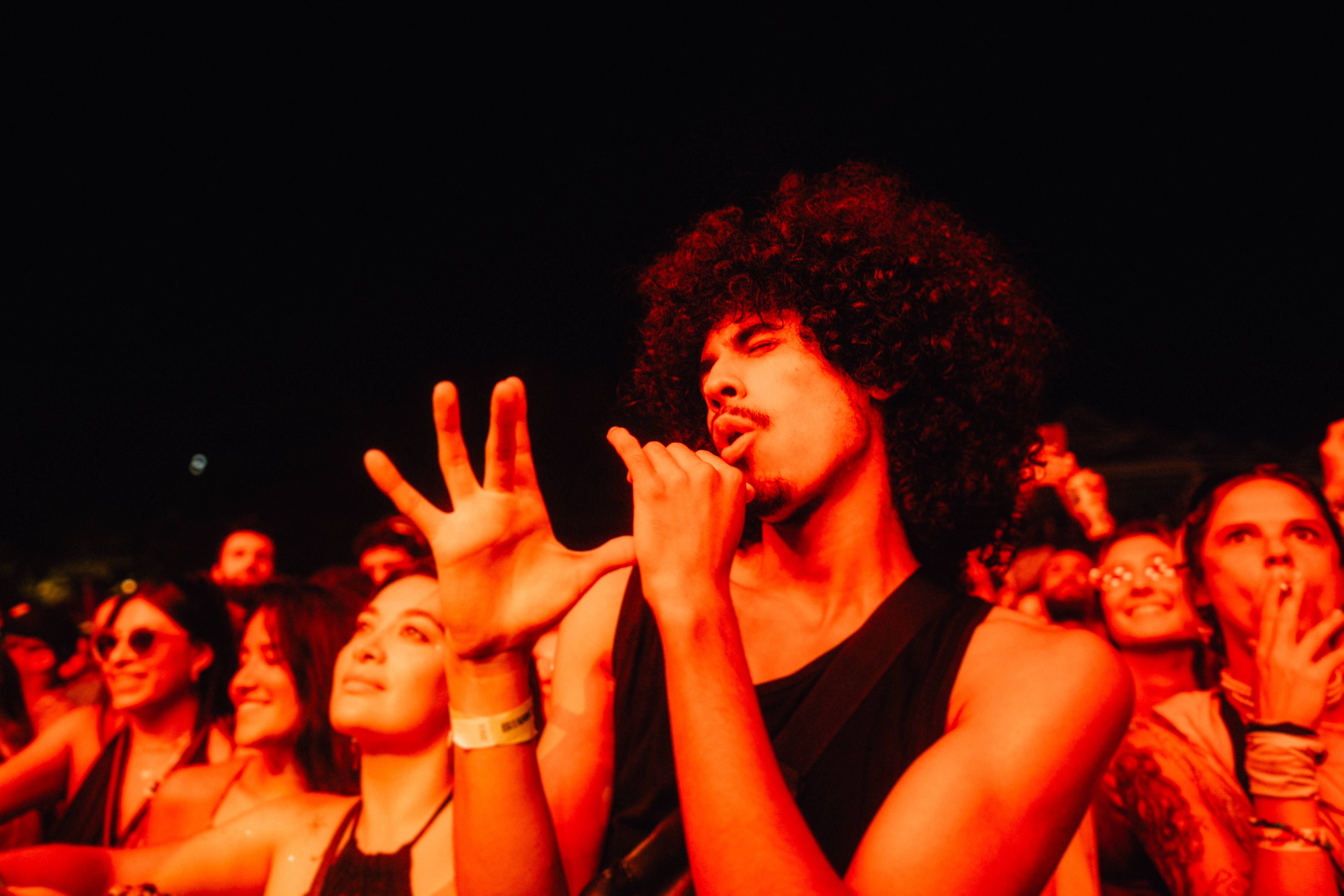
Brunch Electronik Festival, August 9-11, Barcelona. The second edition of the festival will take place in three different sites in the Catalan capital and organizers expect it to be "the third largest music festival of the year in Barcelona" by welcoming 70,000 people
Cap Roig, July 12 – August 16. This festival offers a series of concerts held in the seaside town of Calella de Palafrugell. International artists such as John Fogerty, The Corrs, and Passenger, as well as many Catalan artists like Guillem Gisbert, Sopa de Cabra, The Tyets, Miki Núñez and many others.
Porta Ferrada, July 5 – August 20, Sant Feliu de Guíxols. The 62nd edition of the other famous festival that takes place in Costa Brava will see renouned world artists like Tom Jones, Toquinho, Gregory Porter, and Two Door Cinema Club, as well as Catalan singers Maria del Mar Bonet, Figa Flawas, Mushkaa, and Antònia Font.
Curtis Harding, August 25, Sala Razzmatazz. The American singer-songwriter will bring his "slop 'n' soul" style to Barcelona.
The Postal Service + Death Cab for Cutie, August 27, Poble Espanyol. The two bands will continue its joint tour in the Catalan capital. The tour, which saw back-to-back sold out performances at Madison Square Garden will makes its stop at Poble Espanyol.
Travis, August 28, Sala Razzmatazz. The Scottish rock band visits the Catalan capital at the end of August to perform songs that have sold millions of albums such as 'Sing', 'Why does it always rain on me' and songs from their brand new algum "L.A. Times".
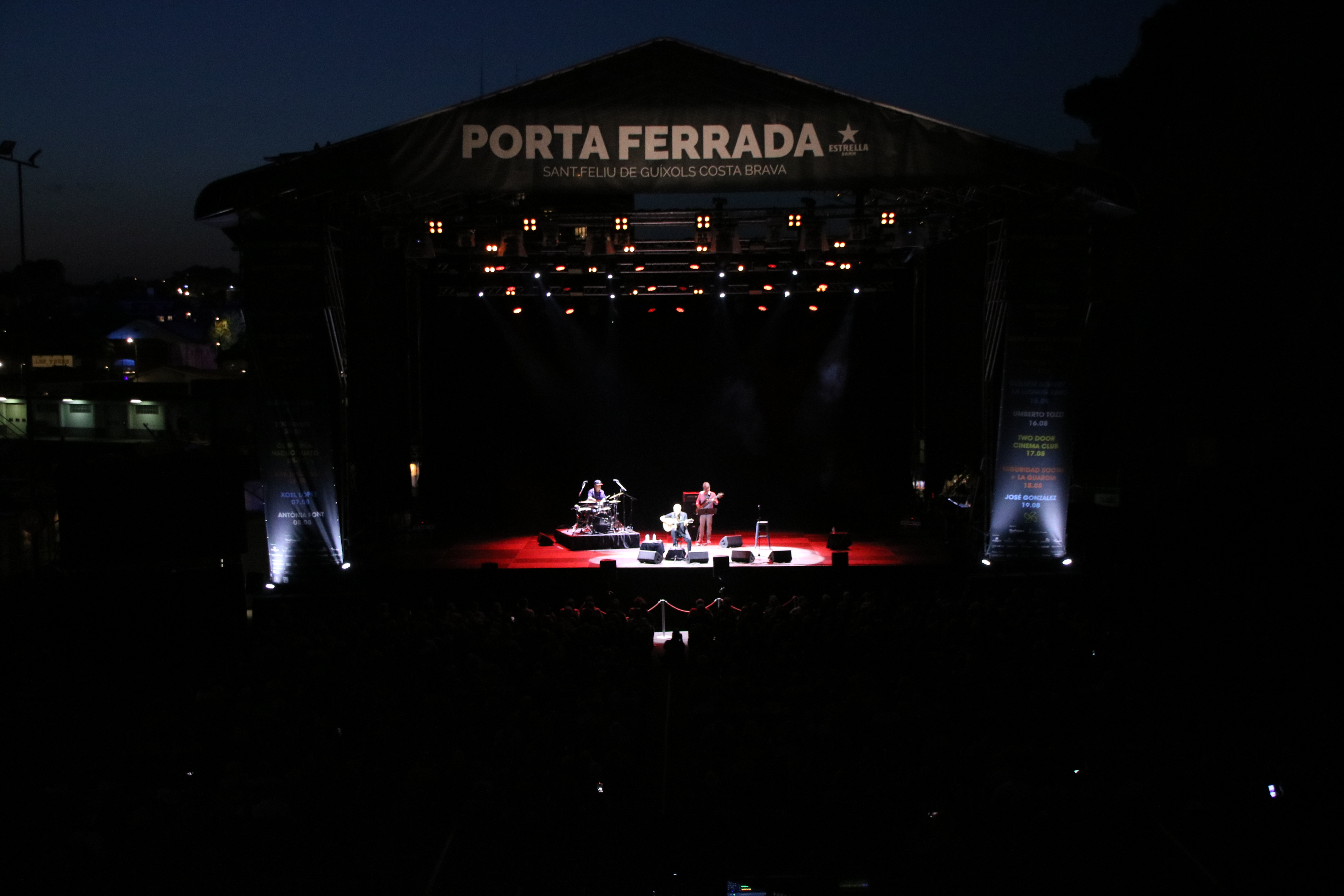
If it is happening in Catalonia, we have a podcast about it. Listen to two of this year's stories about music:
Cultural visits and events
August is also one of the months with the most cultural and traditional activity in Catalonia. In addition, there are great exhibitions about various topics in museums all summer long.
Exhibitions
-
Salvador Dalí's House Museum, Port Lligat. This house, now turned into a museum, was once the house where artist Salvador Dalí lived with his wife, Gala Dalí, until her death in 1982.
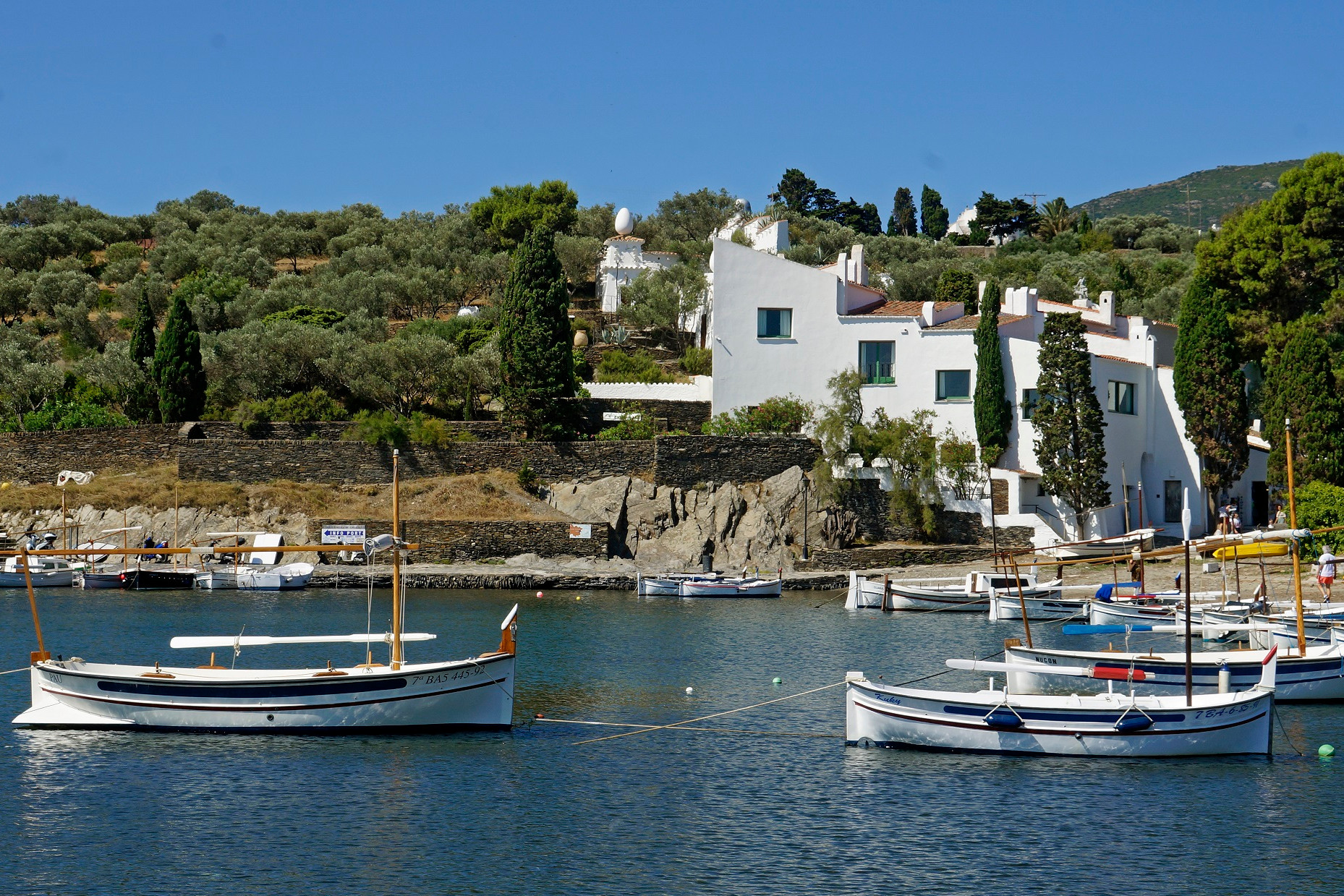
-
'Suzanne Valadon. A modern epic', April 19 – September 1, MNAC. For the first time, the French artist's work is shown in Barcelona. The exhibition features a total of 109 works of one of the most important artists of the late 19th and early 20th centuries.
-
'Gaudí's invisible garden', June 14 – December 1, MNACTEC. This new exhibition in Terrassa sheds light on the little-known masterpiece that are the gardens of the Sant Joan de Déu Health Park in Sant Boi de Llobregat, on the outskirts of Barcelona. Nearly a century after its construction, the modernist garden has recently been attributed to Catalan architect Antoni Gaudí.
-
'Agnès Varda. Fotografiar, filmar, reciclar', July 18 – December 8, CCCB. The exhibition focuses on one of the most important figures in the history of cinema. She was one of the few female directors of her generation to have a lasting career in cinema, paving the way for future female filmmakers. Visitors will also be able to see never-before-seen photographs from her 1955 trip to Catalonia.
-
'Suburbia. Building the American Dream', March 20 – September 8, CCCB. Barcelona's Center for Contemporary Culture offers a deep-dive into the cultural history of the American Dream and its controversies. The exhibition includes artworks by Jessica Chou, Gregory Crewdson, and Thomas Doyle.
-
Picasso Center, Gósol (Berguedà). The Picasso Center in Gósol, a tiny village in the foothills of the Catalan Pyrenees, recently renovated the exhibition that the city council had to pay homage to the artist. In 1906, Picasso stayed in Gósol for a while to "solve his artist block". The pieces he created during that time can be seen in various places in Europe and the USA, but the center exclusively exhibits facsimiles of Picasso's work in the village.
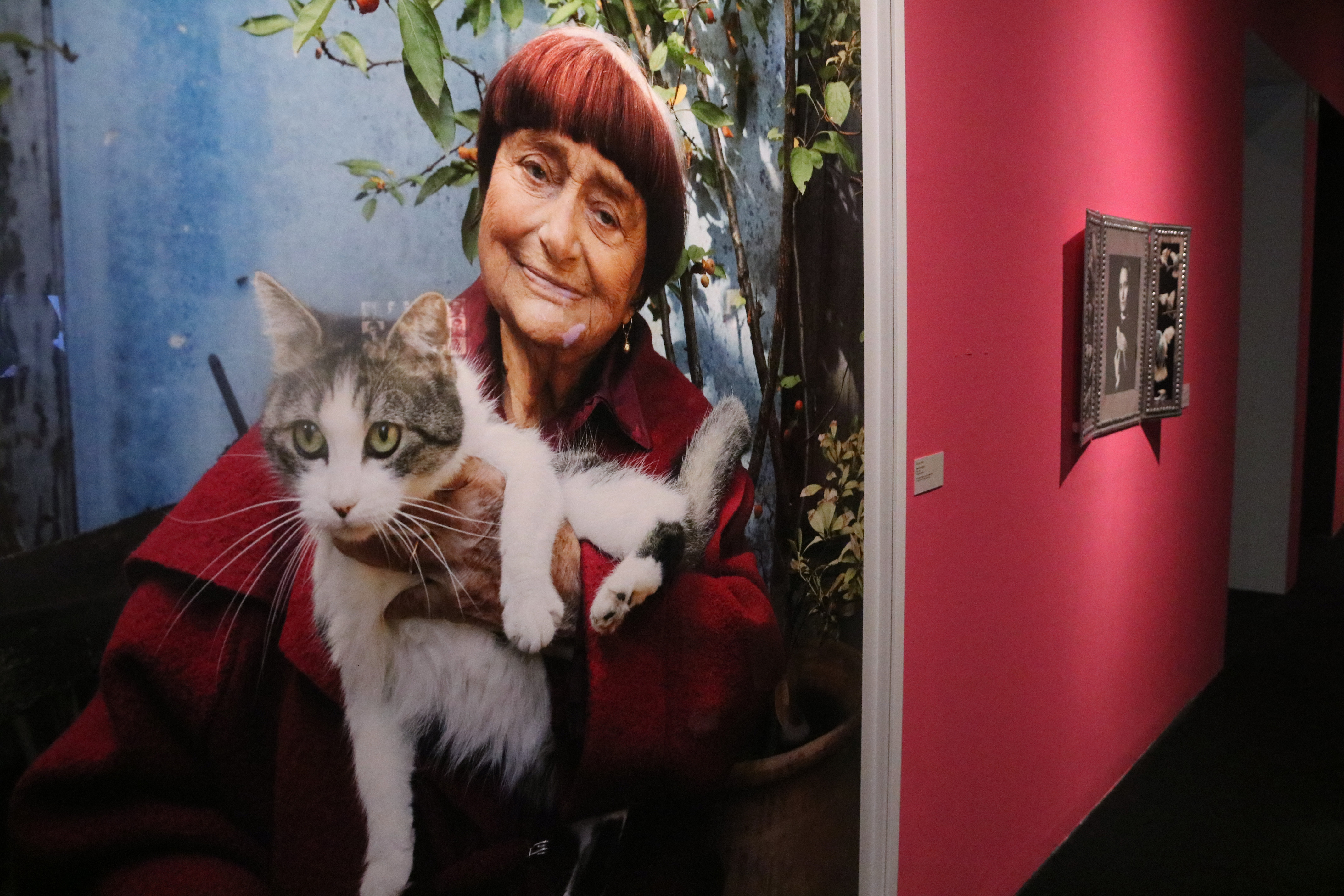
Cinema
-
'A House on Fire'. This film directed by Dani de la Orden is becoming the latest Catalan language cinema hit. 150,000 people have already seen it in the cinema throughout Spain. The film is a dramatic comedy that delves into the reunion of a middle-class Catalan family on a weekend on the Costa Brava. 'Casa en flames' has also become the second-most popular Catalan language film of the past decade, only behind the internationally acclaimed 'Alcarràs'.
-
Open Air Cinema, Platja de Sant Sebastià (Barcelona). On three nights of August, the last films will be screened in an open air cinema in the beach in Barcelona.
Festes majors
- Barcelona's Festes de Gràcia, August 15 – 21, Barcelona. Every year the local festivities of this famous neighbourhood of the Catalan capital are a result of the residents' work and drive to continue the traditional local celebrations like 'guarnicions' street decorations.
- Sants' Festa Major, August 24 – September 1, Barcelona. One of the other neighbourhoods with local celebrations in August is Sants. Residents also get together to decorate the streets, and organize other activities such as concerts or 'castellers' human towers shows.
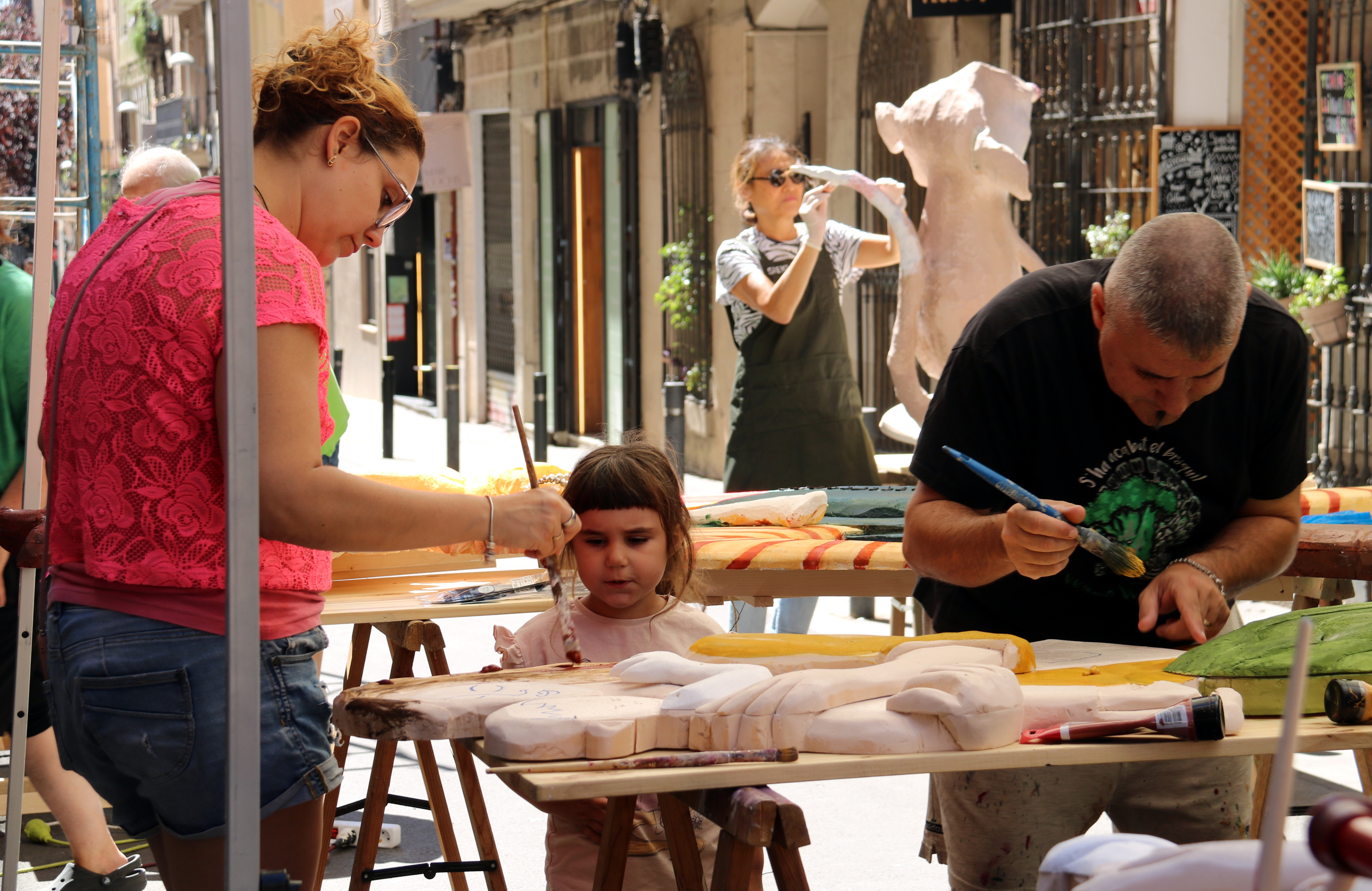
Catalonia's long and diverse cultural scene has always caused reactions and critique –some good and some bad-, but in Catalan News we make space for every opinion. You can listen to some of the podcasts we have about some of the most important and wordl-renowned Catalan artists:
Theme parks and water parks
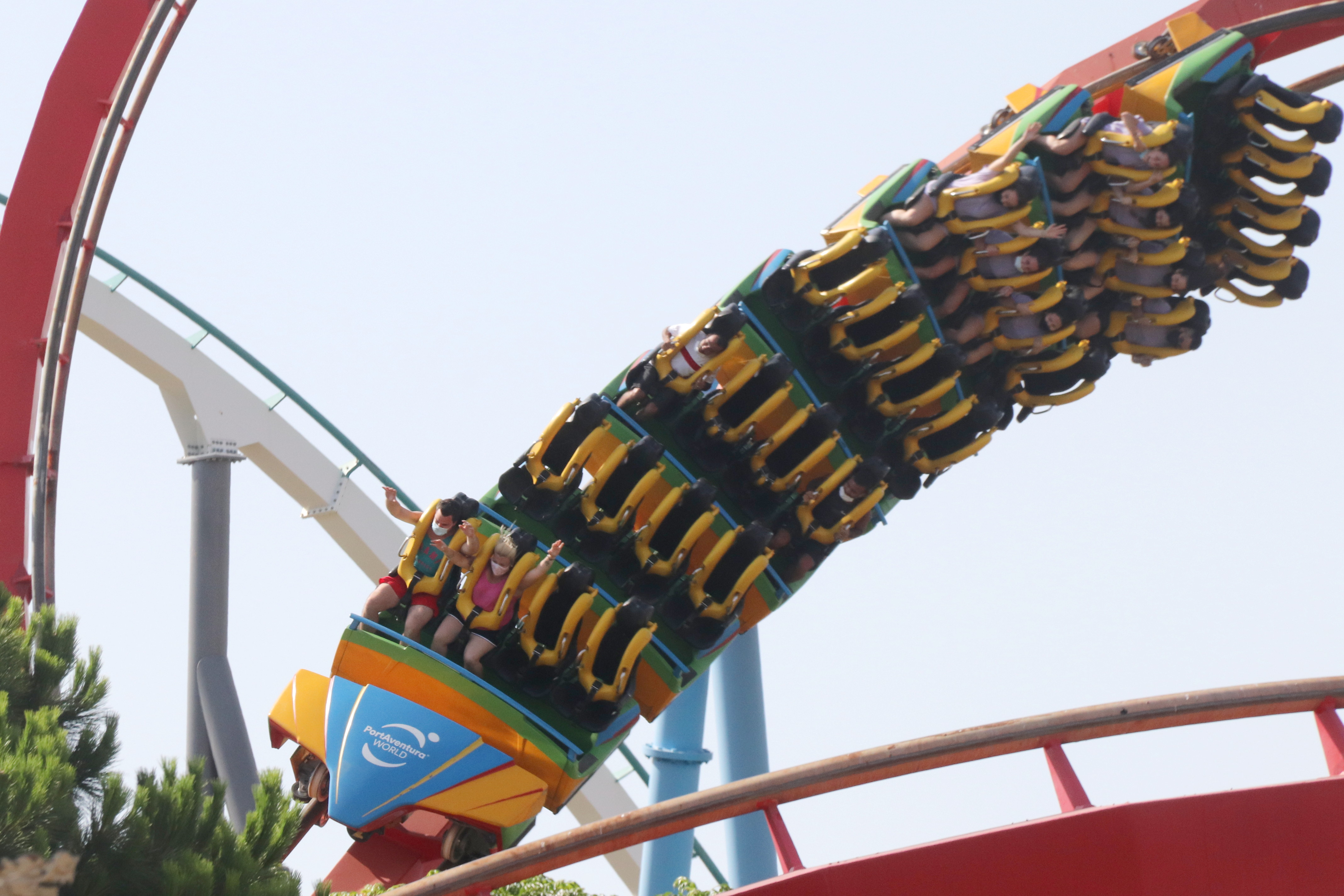
Catalonia has a fair share of amusement parks located all around the territory.
PortAventura
Located in the southern seaside towns of Salou and Vila-seca, PortAventura is the largest and most famous theme park in Catalonia. PortAventura has a unique skyline with plenty of loops and towers seen from afar. Next to PortAventura there is also Ferrari Land, Europe's first theme park entirely dedicated to Ferrari, as well as Caribe Aquatic Park, the water park adjacent to the theme park.
Tibidabo
Sitting on top of the Collserola hill, is one of the oldest amusement parks still running worldwide. Dating back to 1901, it's currently owned by the Barcelona city council. In late June the park presented a new freefall ride with a 360º view of Barcelona.
Water World
Located in Lloret de Mar, some of the slides in the park are visible when driving to enter the city. The park has a wild river, a rafting river, and a wave pool.
Aquabrava
This park is situated in northern Catalonia, in Roses, offers multiple slides and rides that ensure an adrenaline rush like the Black Hole or Kamikaze.
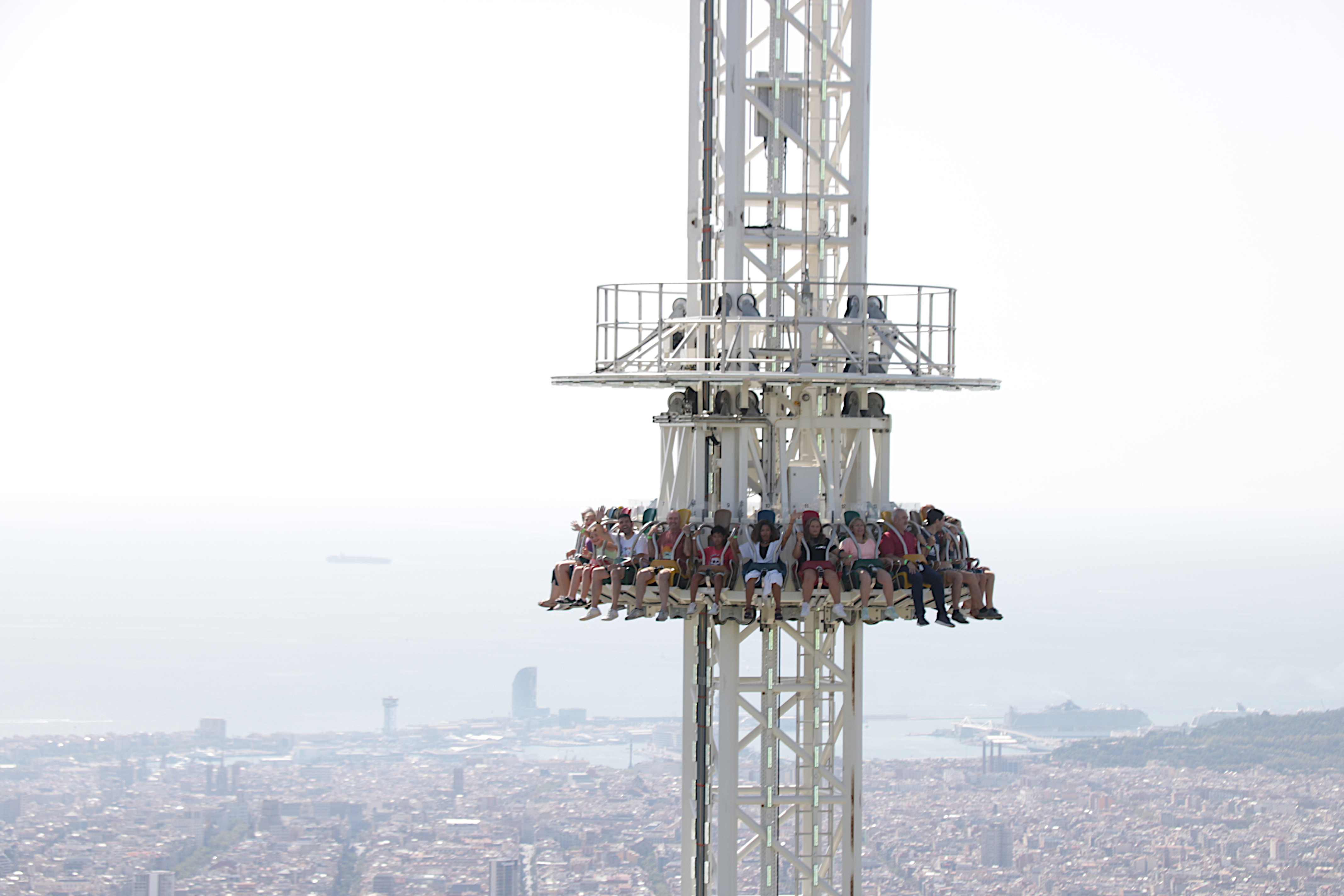
The amusement parks in Catalonia have a long, and sometimes controversial, history. Learn more about it in Filling the Sink's podcast: